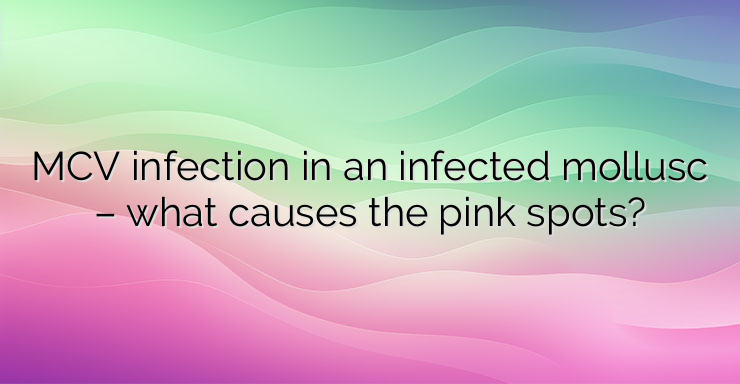1. What is MCV infection? MCV infection causes infected molluscum. It is a viral infection of the skin. Small oval spots of peach or pink color appear. It can appear at any age, but it is most common in kindergarten, where there is a lot of contact between children. In kindergartens, they use shared beds, bathrooms and toilets. In recent years, a significant increase in the disease has been noted among adults in the picochopolitic pathology clinics. Cases of infection have doubled compared to 10 years ago, with 17,000 patients registered so far, 69% of whom are men. The disease is not serious and usually goes to recovery after several months of infection. But there are registered cases of patients who were treated for two years. 2. How is the infection acquired? The infection is caused by the MCV virus, which is a poxvirus. Infection can be caused by direct contact, sexual intercourse, or indirect contact by exchanging towels or bathing in contaminated water. In adults, the disease is most often caught through a sexual partner. A particularly favorable moment for MCV infection is the presence of pearly lesions on the glans or body of the penis. The incubation period from initial contact to development of a clinical picture is between two to eight weeks. 3. What is the clinical picture of molluscum contagiosum? Present symptoms are represented by pink or peach-colored pearly lesions that occur on the face, hands, feet, or the entire body, and that range in size from 1 to 5 mm in diameter. In some cases, larger rashes are also noticed. If the infection is spread through sexual contact, the mollusk can appear on the genitals, thighs and lower abdomen. NEWS_MORE_BOX 4. What are the specialists’ recommendations? The most important thing in the treatment of any disease is patience and giving the “green light” to the body’s defense mechanisms to deal with the problem at hand. Maintaining good personal hygiene and washing hands thoroughly with detergent after touching the rash units is of course important in treatment. It is recommended not to use shared towels and not to share personal belongings between different individuals. If a rash is already present, doctors recommend not to scratch and damage its integrity, because this can aggravate the infection and cause more serious consequences, as well as delay the recovery period. 5. How is molluscum contagiosum diagnosed? The diagnosis is made after consultation with a skin doctor to recognize the pathology of the rash unit and additionally taking a sample from the rash, which proves the presence of a viral infection. The condition itself is benign and if good personal hygiene is followed after a few months complete recovery and permanent cure occurs. Complicated cases were registered only in patients with AIDS. In them, the condition leads to a progressive skin generalized infection of the skin. 6.How is molluscum contagiosum treated? If the condition does not go into remission on its own, doctors recommend cryotherapy and excision of the rashes under local anesthesia with 1% lidocaine solution. This type of treatment is not suitable for children. Antiseptic bandages are recommended if there is a pronounced inflammatory shaft around the rash – that is, the formation of a red strip that tightly surrounds the spot of mollusk.


Leave a Reply